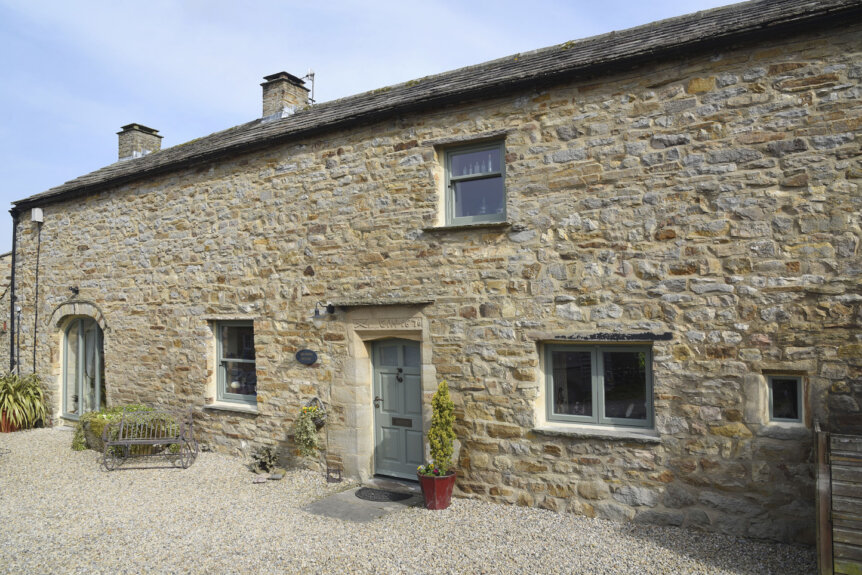Owning a period property is a dream for many homeowners and a reality for some. However, possessing a piece of history can also come with a lot of responsibilities, one of which is maintaining the buildings listed windows.
A window on any home plays a key role in terms of appearance and functionality, and can easily be changed at the desire of the homeowner. However, windows on listed buildings are protected from replacements and various other types of renovation, making any potential upgrades difficult.
In this blog, we’ve created a complete guide to listed building windows so you have all the information you need when it comes replacing your listed windows.
What is a listed building?
A listed building is a building nominated by Historic England to be protected due to its historic, cultural, or artistic significance. The building’s value must be preserved, and it is the duty of its owner to maintain, and keep the building in as much of its original condition as possible.
In England, there are currently around 500,000 listed buildings, and each building can be assigned to three distinct classifications: Grade I, Grade II*, and Grade II buildings.
Grade I Buildings
When a building is listed as Grade I, it is because it is of exceptional national, architectural, or historical importance. Because of the significance placed on these sites, it is rare to find a Grade I listed building compared to a Grade II listed site; just 2.5% of listed buildings are Grade I.
Grade II* Buildings
A Grade II* listed building is a UK building defined as being “of special interest, warranting every effort to preserve it”. They are buildings of more than special interest and around 6% of listed buildings are classified as Grade II*.
Grade II Buildings
Finally, Grade II listed buildings are the most common listed building found, and are classified as buildings of special interest that warrant every effort to preserve them. In total, approximately 90% of all listed buildings are in this grade.
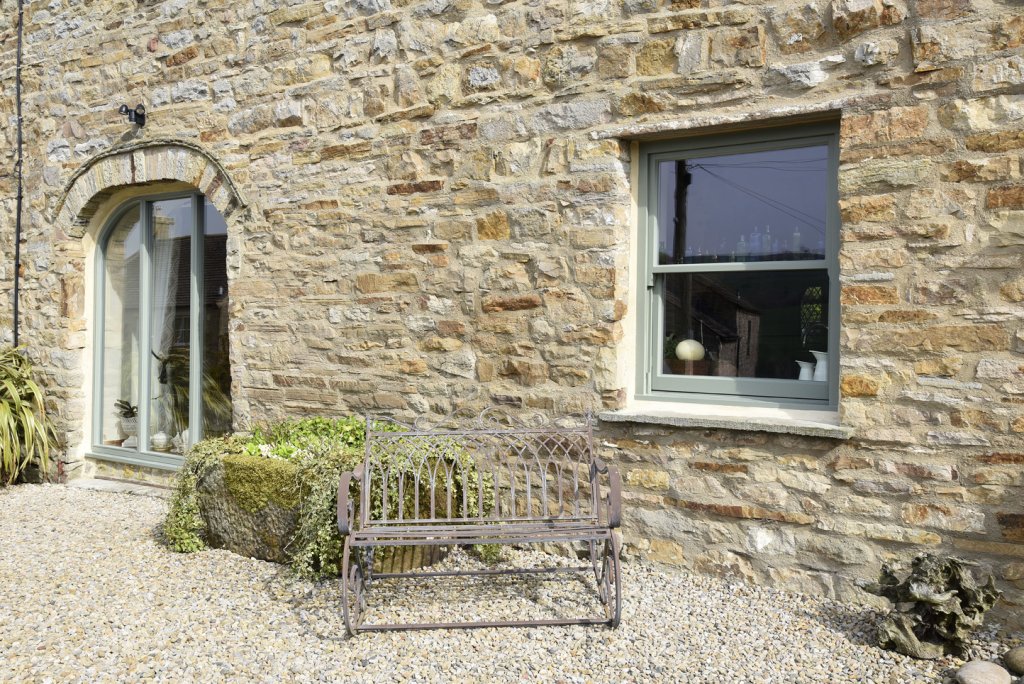
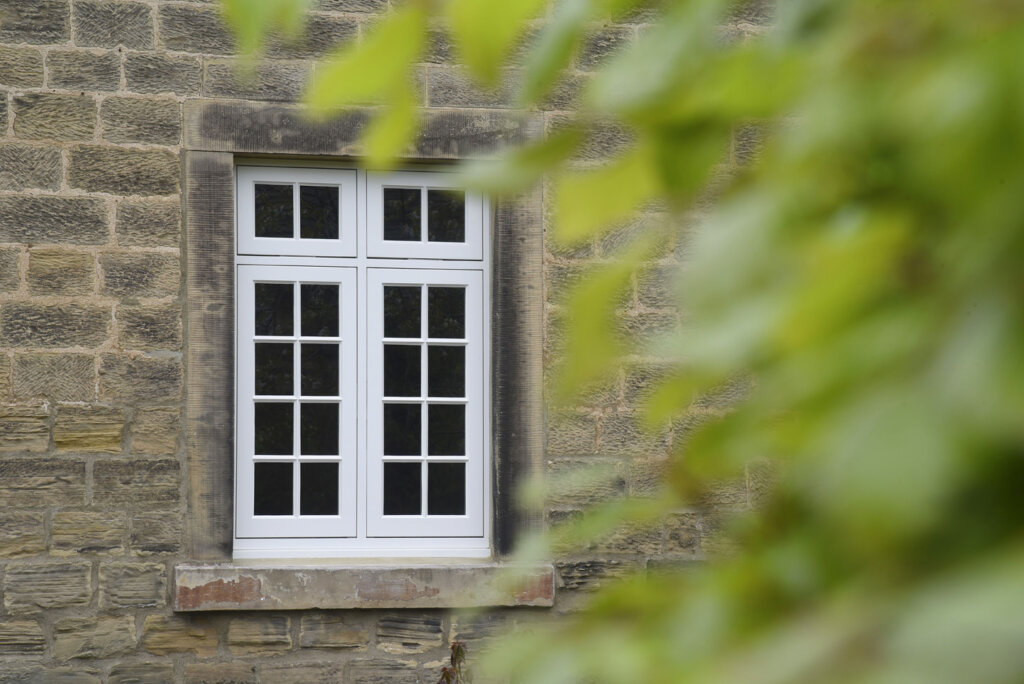
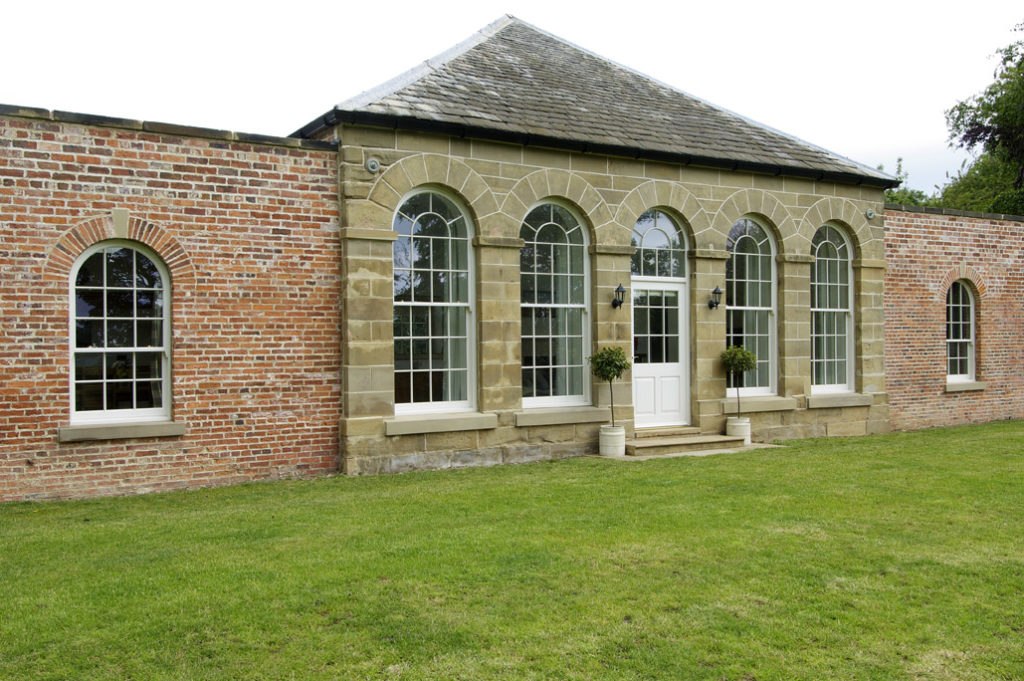
Renovating your Listed windows
When renovating listed properties, you will need to seek permission for any structural changes. Whether you are only making repairs, or planning to do a full replacement, approval from a local council is needed as any changes could significantly impact the character of the building.
Even simple modifications such as window replacements will need authorisation before any changes can be made; doing so without permission is breaking the law.
Be sure to check what permission you need before going ahead with any renovations. If you’re unsure about your home’s status, its regulations and listed building consent, get in touch with your local council first.
Applying for planning permission to replace windows on a Listed property
When submitting an application for planning permission, it is important to know that Listed building status applies to the entirety of the building, not just the outside, so any internal maintenance work and alterations will also require planning consent.
These alterations include (but are not limited to):
- Structural changes to room plans
- Demolishing and rebuilding features
- Exposing timbers and brickwork
- Installing double glazing
- Removing internal features, like fireplaces and panelling
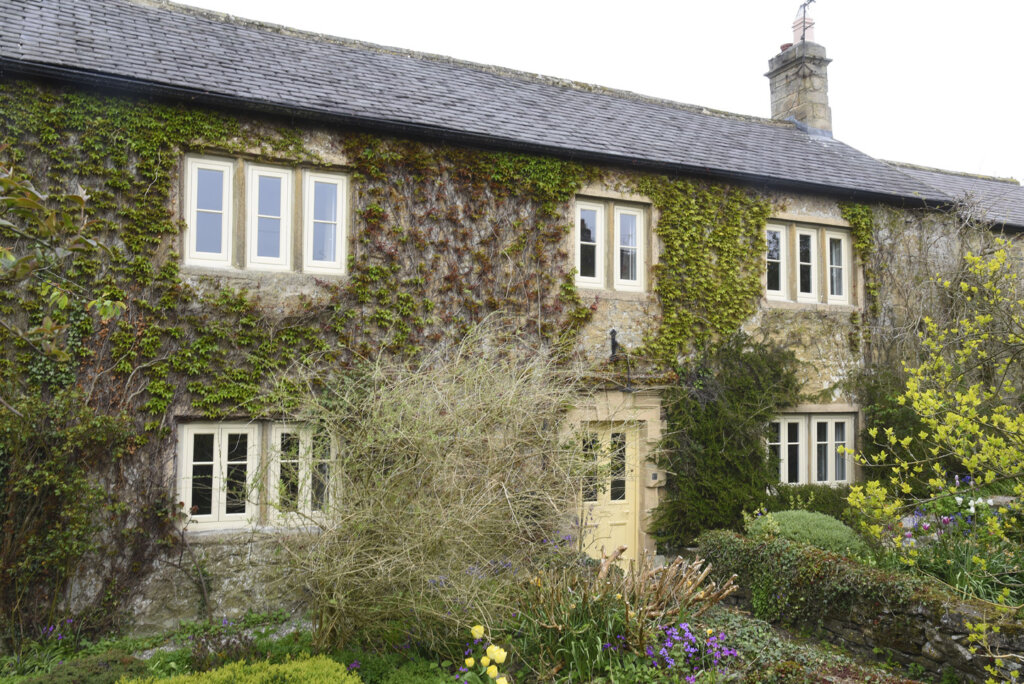
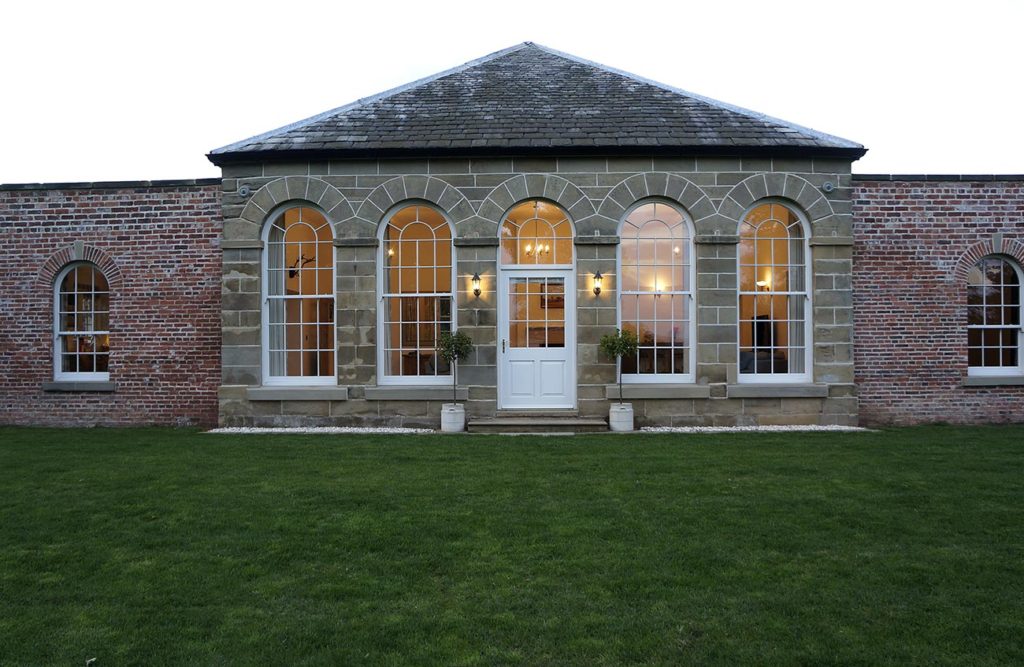
As we already know, Listed building consent is granted by your local council. It is their job to ensure that any work carried out is done respectfully, and adequately maintains the buildings original period design and style through implementing details and materials typical of the building’s era.
The application process will require the completion of a Listed building form, which should include the elevations of your property, section drawings of the proposed windows and doors, and also a schedule showing each item being replaced.
While this information can seem quite complex on paper, parts of the application such as the elevations can be simple, and lots of customers will often draw these to scale themselves rather than opting for an architect.
Unlike a standard planning application, councils do not charge a set fee for listed building consent. As a homeowner, you can submit the application yourself, however, some companies will organise your whole application and liaise with the planning officer throughout the process for you, saving you some of the stress.
Tips for updating your listed windows
1. Requirements or suggestions
When considering any applications, local authorities will always propose their preferences to you, but these suggestions do not mean that they are a firm requirement for your application to be approved.
2. Repair vs replacement
The look of your windows can have a huge impact on the appearance of your building, and whilst repairing or replacing a dated window might seem like a functional alteration, Listed buildings do not always allow such modifications.
Any window detailing, timber, and even historic glass panes used in the original construction of the window are often protected under listed building regulations. If you currently live in a Listed building, this can cause problems when it comes to repairing rotting frames, reducing cold draughts, and bringing listed buildings up to modern energy efficiency standards.
Though this might sound difficult, receiving approval for any window improvement changes aren’t impossible. In many cases, Historic England state that ‘repair is preferable to replacement’.
However, if you still wish for a full window replacement, using original materials, and designs which are authentic to the original building will increase the chances of it being approved. In the same vein, if you would like double-glazing installed in your windows, it can be much easier to use alternative solutions, such as secondary glazing, that will get you the same result.
3. Historical integrity is essential
It is more likely that the council will refuse a listed building application for new windows if they have a significant impact on the architectural or historic features of the building.
It is essential that any structural or design changes you plan to make always seek to maintain or improve the buildings historical integrity. Any replacement should look appropriate with the setting in terms of design, detail, size, and materials. Often, timber windows are an ideal choice over more modern variations such as uPVC windows.
4. Can double-glazing be added to a listed window?
Double glazing is the most common reason for homeowners wanting to replace their windows, but can be the cause of disagreement between the council and the homeowner.
Conservation departments generally disapprove of double-glazing due to the opinion that it is detrimental to the appearance of the building. However, this opinion doesn’t mean that they will refuse the change altogether. If done carefully, it can be difficult to notice a double-glazed window to the untrained eye.
For properties with glazing bars in their windows, planners will usually specify a ‘through bar’. This is a structural glazing bar that uses a slim double-glazed unit filled with Krypton gas.
Using a through bar will allow the opportunity to putty glaze each pane of glass individually, rather than using a single deeper unit and adding the glazing bars to the face; these are known as astragal bars.
Both astragal bars and structural through bars have benefits thermally, visually, and longevity-wise.
Windows with astragal bars:
- Carry longer guarantees as the double-glazed unit can be vented to stop premature failure.
- Have deeper units which provide greater thermal retention and sound proofing.
- Are slimmer and minimalistic.
- Are low cost.
Windows with structural through bars:
- Are a more traditional method of glazing with a more thermally efficient unit.
- Give a more unequal reflection than using a single piece of glass.
- Are a slimmer unit meaning a less impactful spacer bar.
- Are a traditional method of glazing and is more favoured by planners.
- Compromise is key
Inevitably, there will be a difference of opinion between homeowners and the local council. Whilst you may want to improve your home to bring it into the modern age, it is the priority of the conservation department to safeguard the historic appearance of local landmarks.
It is important to remember that ultimately, the final decision is in their hands and the best solution for both parties will come from compromise.
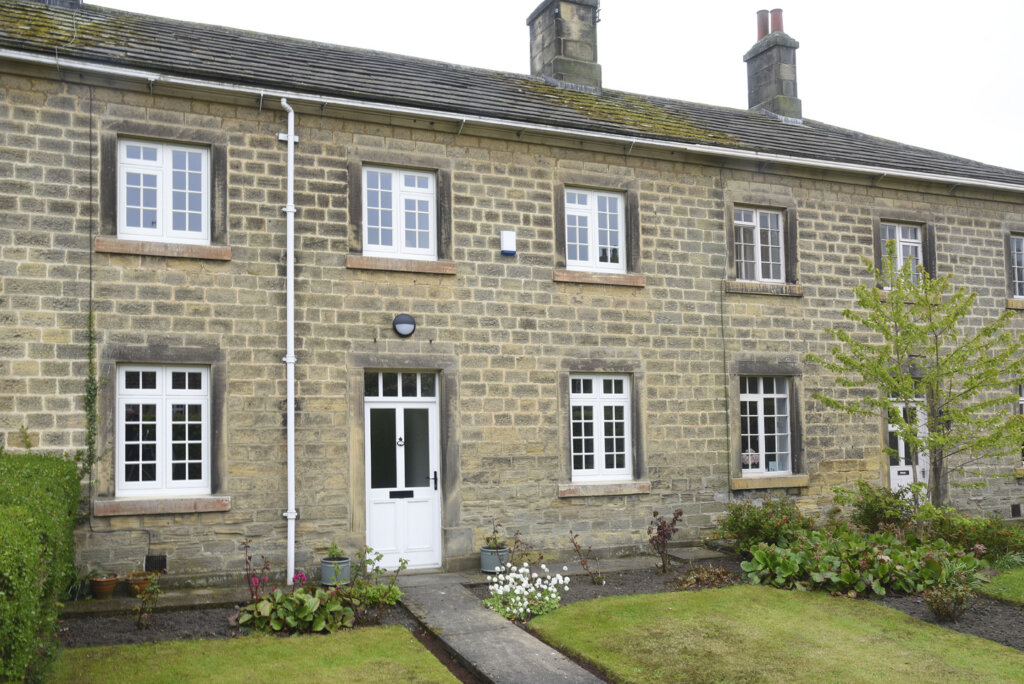
Contact Timber Windows for your Listed Windows
Listed buildings are filled with rich history and this charm can be hard to resist. However, for many homeowners there is a desire to make their mark on the property.
Making any renovations and adding extensions to a listed building is a careful process which requires patience, planning and attention to detail to not affect the original integrity of the build.
At Timber Windows, we’ve had a lot of experience working with listed buildings. You can look at some of our work on listed properties here – https://timberwindowsnorth.com/case-studies-and-testimonials/
If you’d like to discuss your new renovation project for your listed property, please get in touch with our friendly team. They will be happy to help!
Yorkshire
Timber Windows at Harewood
The Kennels | 9A Harewood Yard | Harewood House Estate | Harewood | Leeds | LS17 9LF
Tel: 0113 288 6117
Email: enquiries@yorkshiretimberwindows.com
Cheshire
Timber Windows of Knutsford
107 King Street | Knutsford | Cheshire | WA16 6EQ
Tel: 01565 745225
Email: enquiries@cheshiretimberwindows.com

